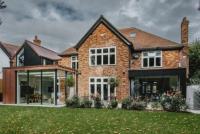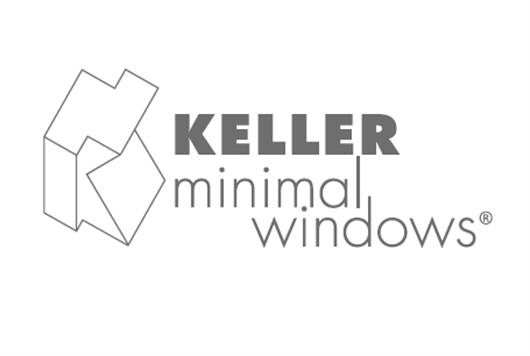 Add My Company
Add My Company
Sign In

When using large expanses of glazing how to you make sure the space is useable?
Solar glare refers to the intense brightness and reflection caused by sunlight, which can be a distraction or inconvenience in certain situations, such as while driving or during outdoor activities.
Solar gain refers to the amount of heat that is absorbed by a building or other structure from sunlight. High solar gain can lead to overheating and increased energy costs for cooling.
Solar control refers to techniques and products used to manage the effects of solar glare and solar gain, such as shading devices or reflective coatings on windows. The goal of solar control is to reduce the amount of sunlight entering a building while still allowing for natural light.
How can you Control Solar Glare and Gain when using Slim Sliding Glass Doors?
There are several ways to control solar glare and solar gain:
Shading devices: External shading devices, such as louvers, awnings, or overhangs, can be installed with slim sliding glass doors to block direct sunlight and reduce glare.
Tinted or coated windows: The use of tinted or coated glazing within the slim glass doors frames can reduce the amount of sunlight entering a building, thereby reducing glare. Low-E coatings, for example, can block ultraviolet and infrared light while still allowing natural light to enter.
Blinds or curtains: Interior shading devices, such as blinds or curtains, can be used to control the amount of sunlight entering a room and reduce glare.
Landscaping: Trees, shrubs, and other landscaping elements can be used to block direct sunlight and reduce glare.
Light-coloured surfaces: Reflecting surfaces, such as white walls or ceilings, can be used to diffuse sunlight and reduce glare.
Reflective coatings: Applying reflective coatings to windows or other surfaces can reduce the amount of sunlight entering a building and reduce glare.
Automated controls: Automated shading systems can be used to control the amount of sunlight entering a building and reduce glare based on time of day or other factors.
It’s important to note that the method chosen will depend on the specific context and the desired result.
How does coated or tinted glass work to reduce solar gain?
Coated glass and tinted glass works to reduce solar gain through large glass doors by reflecting, absorbing, or blocking a portion of the sun’s energy before it enters a building. There are several types of coatings that can be applied to glass to reduce solar gain:
Low-E coatings: Low-E (low-emissivity) coatings are thin layers of metallic oxide that are applied to glass. They reflect a portion of the sun’s energy back to the outside, reducing the amount of heat that enters the building. They also block a portion of the sun’s ultraviolet (UV) and infrared (IR) radiation, which can cause fading of furniture and flooring.
Solar control coatings: Solar control coatings are designed to block a specific portion of the sun’s energy, usually in the infrared or ultraviolet range. By blocking these specific ranges of energy, they can reduce the amount of heat that enters the building.
Reflective coatings: Reflective coatings are designed to reflect a portion of the sun’s energy back to the outside, reducing the amount of heat that enters the building. Reflective coatings can be applied to the exterior or interior surface of the glass.
Absorbing coatings: Absorbing coatings are designed to absorb a portion of the sun’s energy before it enters the building. They can be applied to the exterior or interior surface of the glass.
Tinted glass: Tinted glass can be produced by adding metallic or other types of substances to the glass during the manufacturing process. The amount of tinting can vary and the colour of the glass can range from a very light tint to a very dark tint. When sunlight passes through tinted glass, some of the light is absorbed by the tinting, reducing the amount of visible light that enters the building. This can reduce glare and increase visual comfort for people inside the building.
Coated or tinted glass can also reduce the amount of heat that enters a building, which can help to lower cooling costs. Darker tints or higher specifications of coatings tend to absorb more heat and light than lighter versions.
It’s important to note that different coatings have different levels of effectiveness at reducing solar gain, and often a combination of coatings is used for optimal results. Additionally, the efficacy of the coating also depends on the climate and orientation of the building.
Can I use coated glass in my minimal windows?
All minimal windows doors and windows include a low e coating as standard in order to achieve the basic levels of insulation required. Additional coatings can be applied to the glass specification in order to achieve the performance requirements of the build. You can also specify tinted glass to achieve a specific look or goal.
We take instruction from the principle designer or architect to ensure that the glass within the slim sliding glass doors is suitable for the project and application.
For more information on specifying solar control glazing for your slim sliding glass doors contact the minimal windows® team today.
For more information on How to Control Solar Gain and Glare with Slim Sliding Glass Doors? talk to Minimal Windows® by Keller
Enquire Now
List your company on FindTheNeedle.

